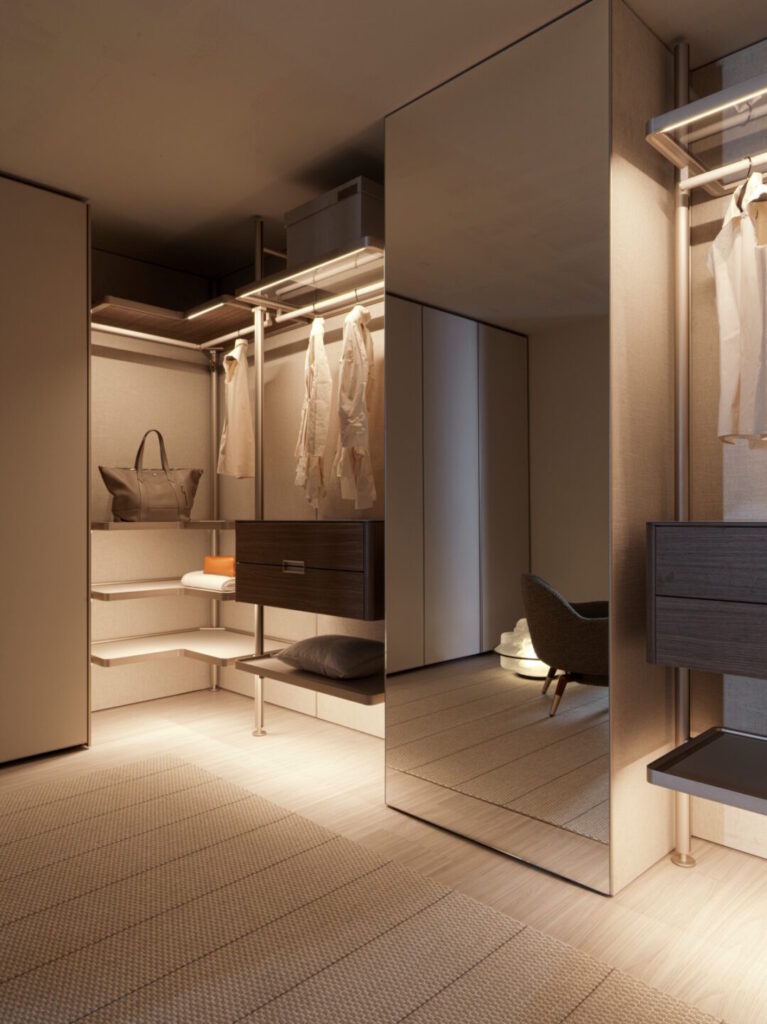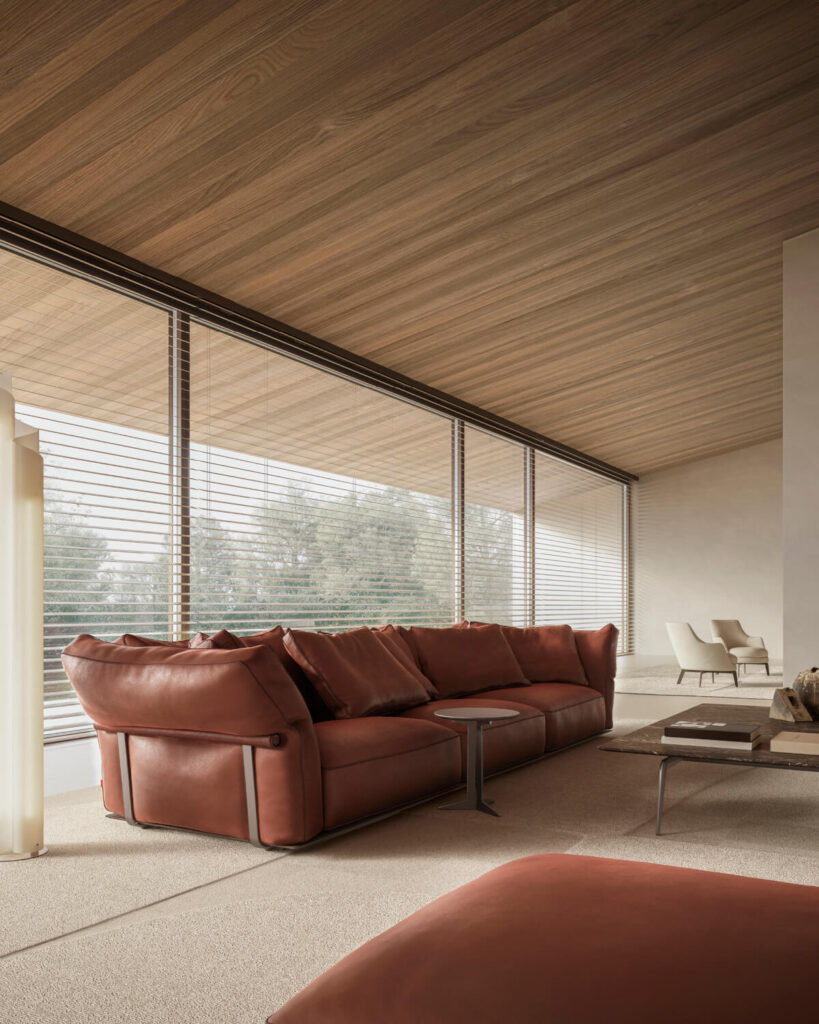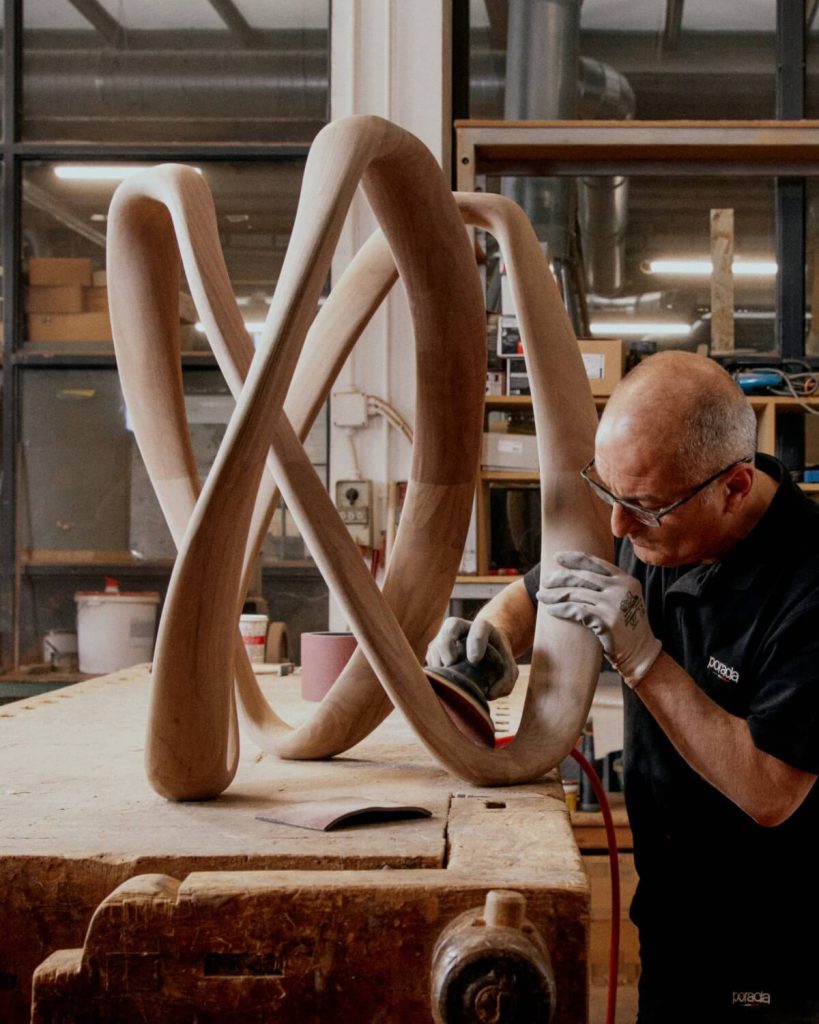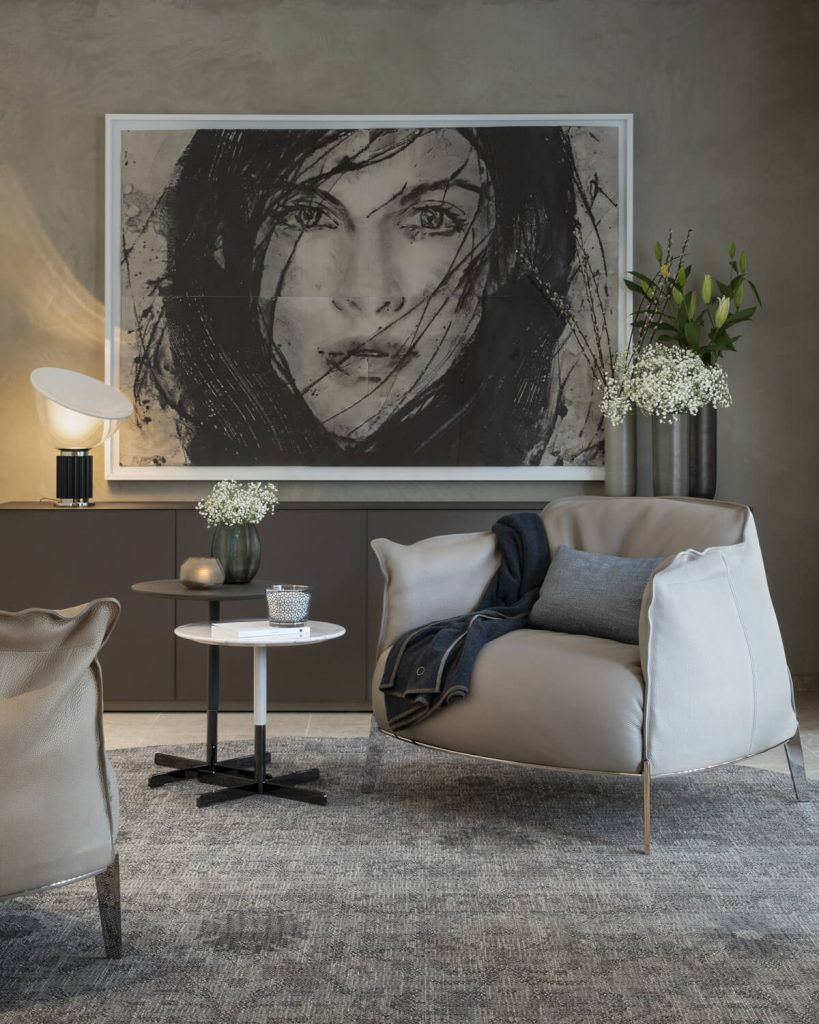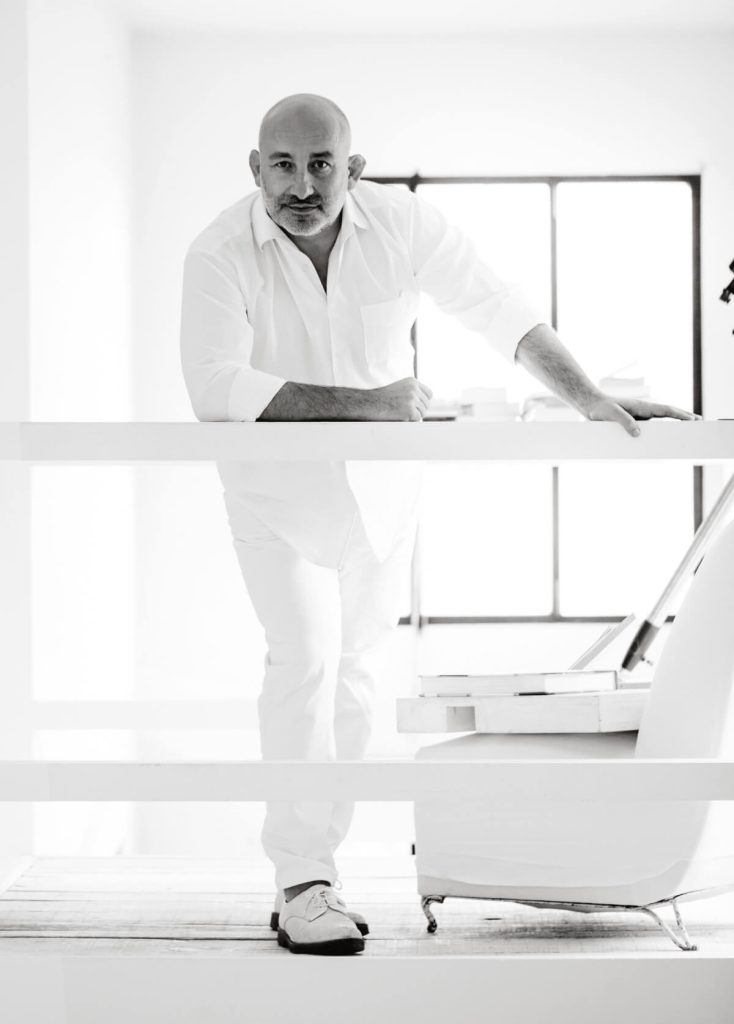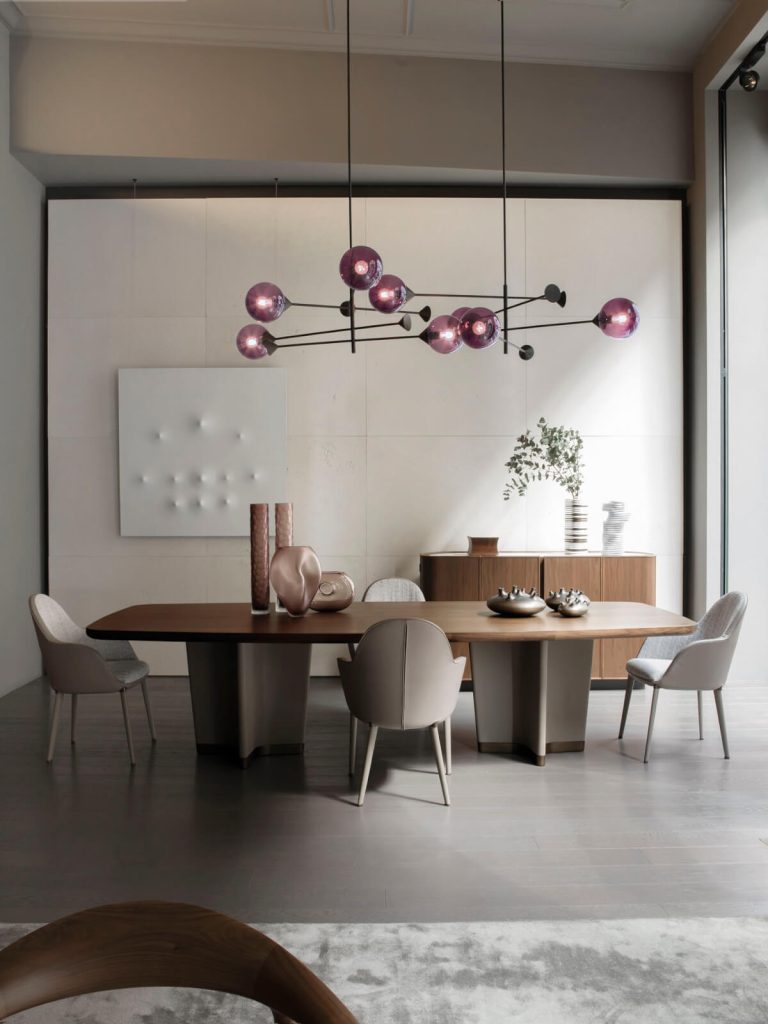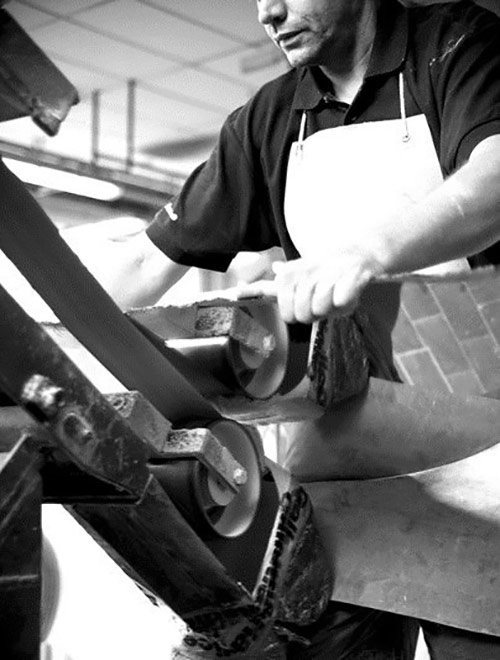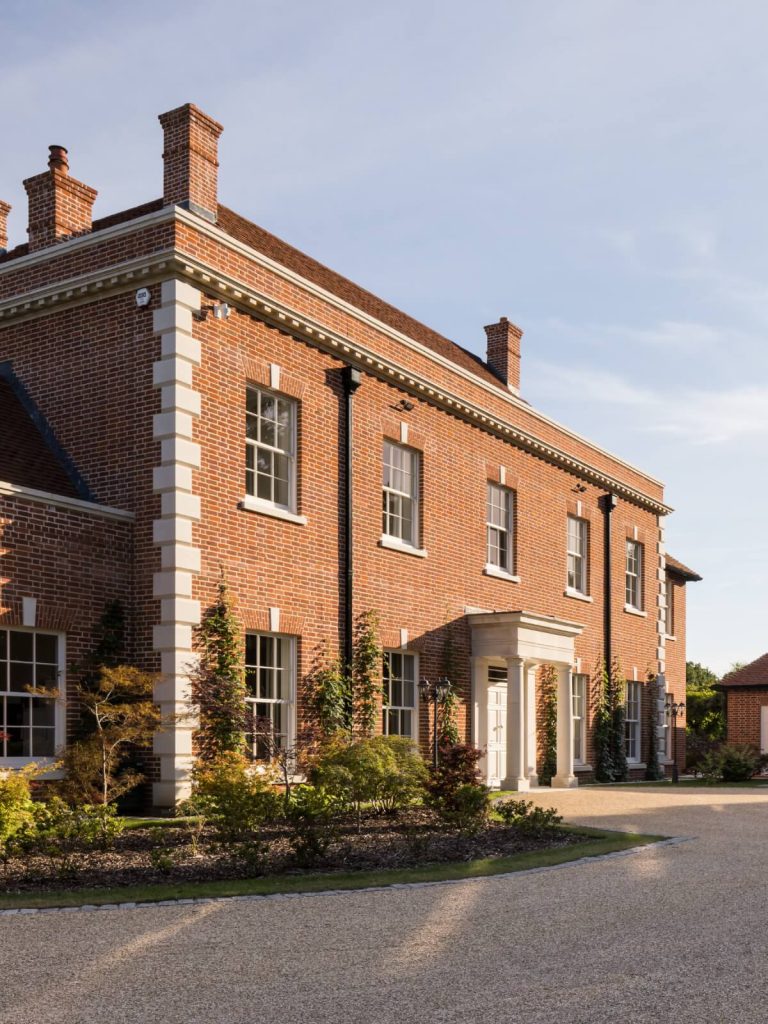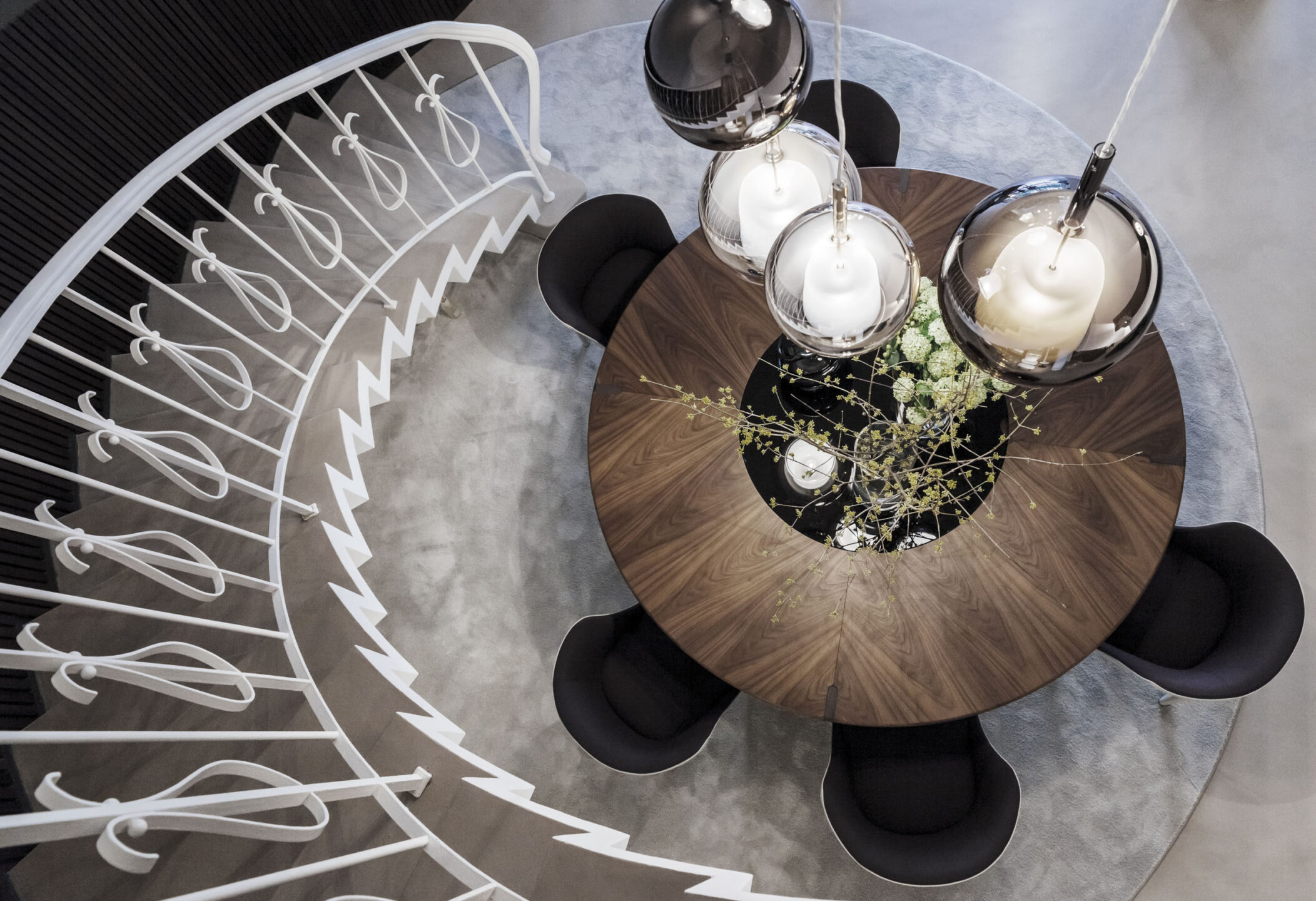
Choosing a Designer Dining Table That Endures
In considered interiors, the dining table holds a role far beyond function. It anchors the room as a sculptural centrepiece, shapes daily rituals, and reflects a design philosophy grounded in material truth and architectural intent. For those who see furniture as part of the built environment, the right table is not simply aesthetic—it is structural.
At Everything But Ordinary, every designer dining table we curate balances craftsmanship, spatial intelligence, and enduring material integrity—designed to evolve with its surroundings and serve as a lasting focal point across generations.
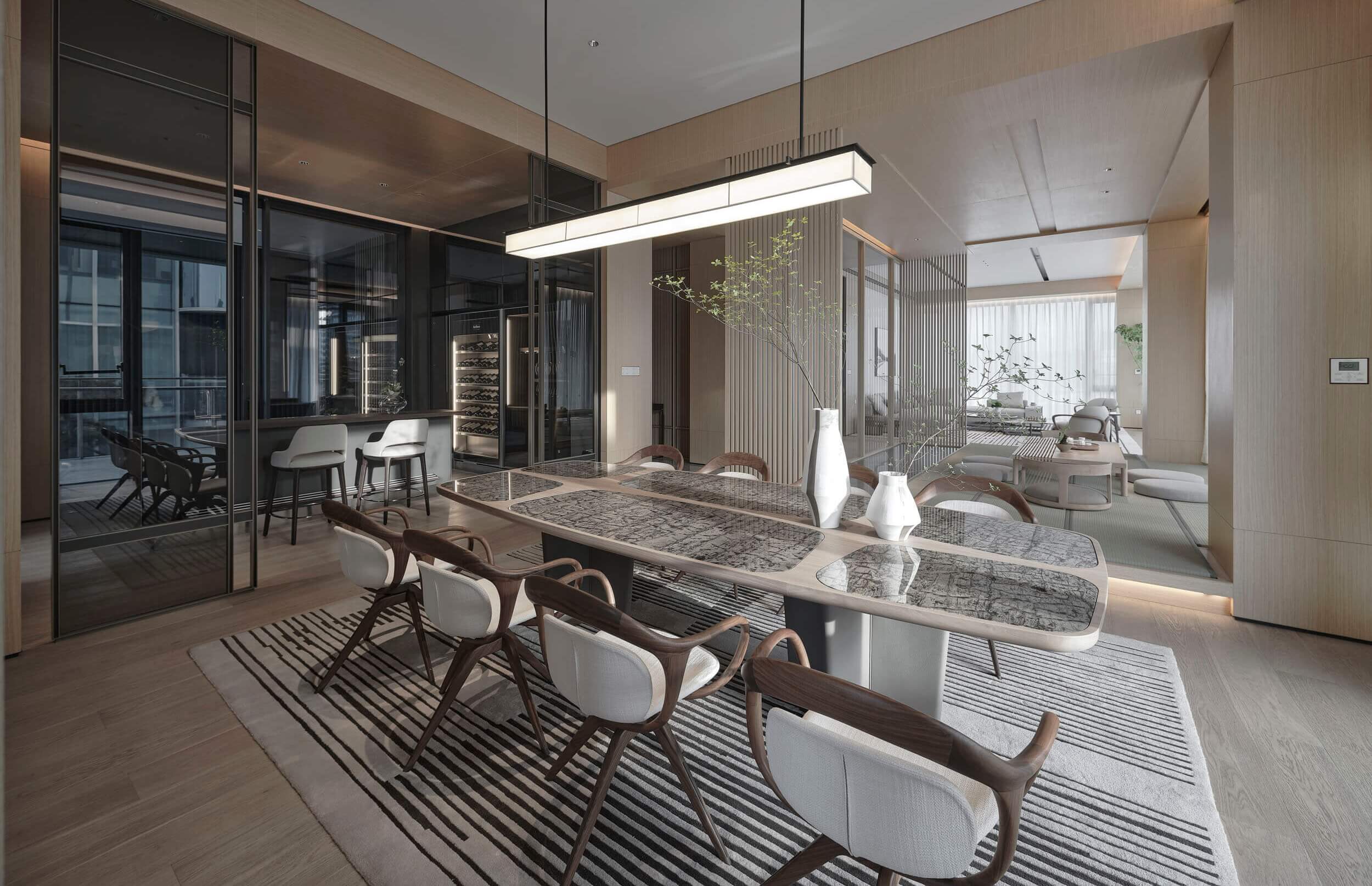
Architectural Presence: Aligning Table and Space
True luxury reveals itself in restraint—in how form, scale, and craftsmanship coexist in quiet alignment with their surroundings. The most resolved dining environments integrate their table into the architectural rhythm, reinforcing spatial proportion, flow, and clarity.
In expansive interiors, large sculptural dining tables ground open volumes without dominating. Elevated surfaces introduce lightness; refined forms enhance cohesion. Positioned beneath statement lighting, framed by curated sightlines, or aligned with architectural thresholds, these tables become part of the spatial language—never an afterthought.
Where scale demands presence, dining tables crafted with structural integrity and clean proportion offer a natural centre of gravity—shaping both atmosphere and architectural identity.
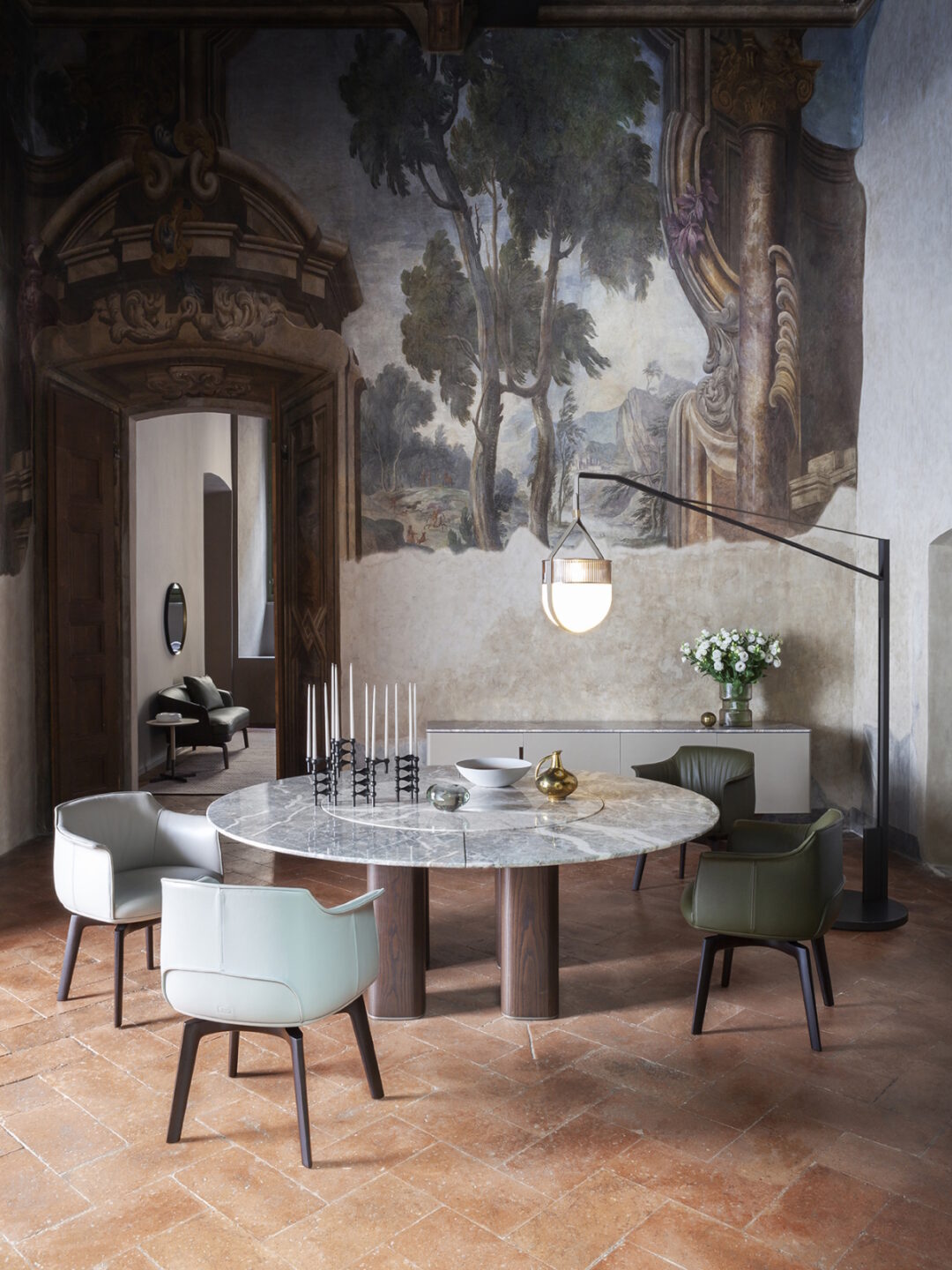
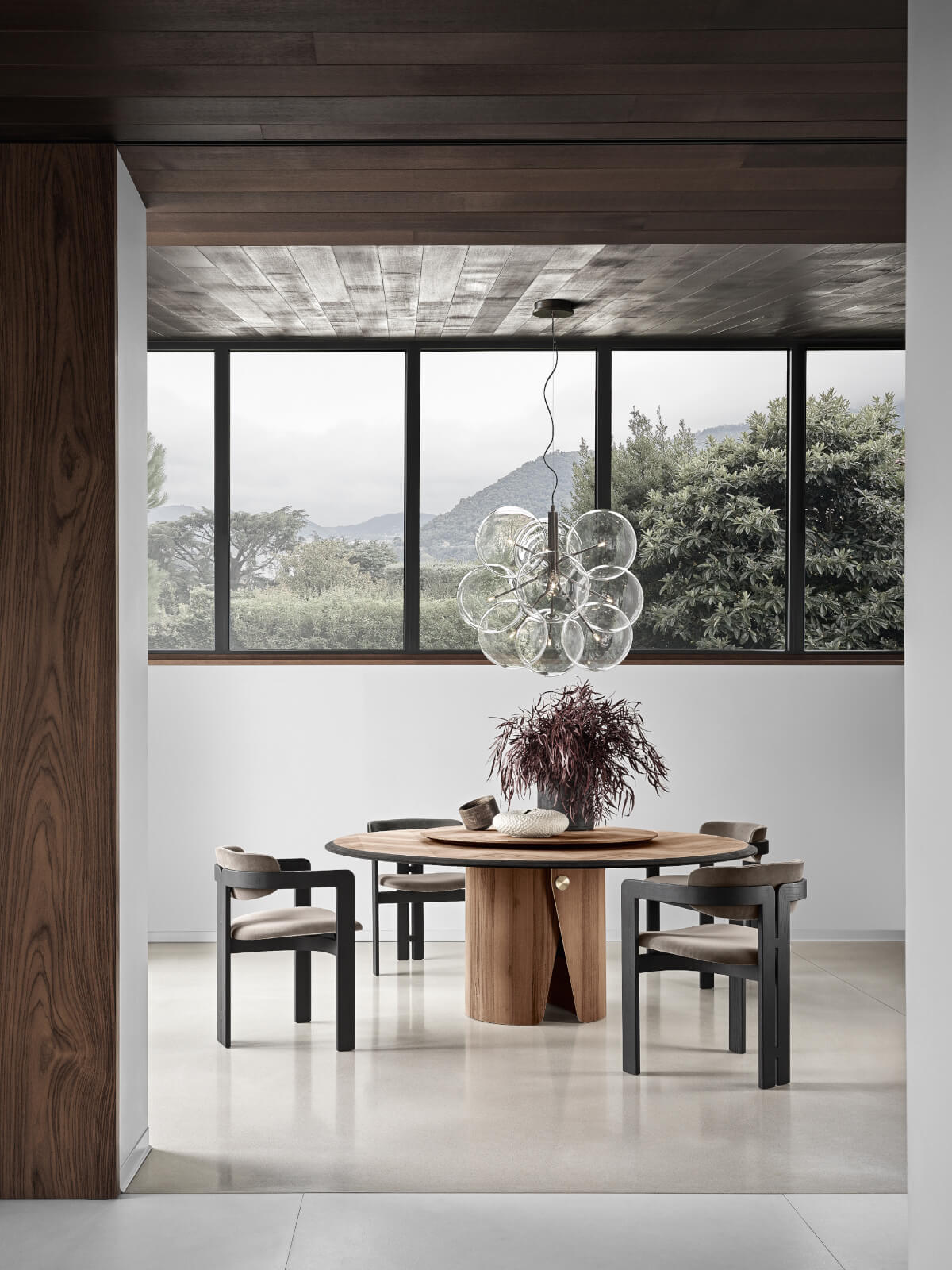
Materiality: Shaping Atmosphere and Longevity
Material choice defines how a table feels, performs, and evolves. It shapes tactile experience, anchors visual rhythm, and brings emotional clarity to everyday rituals.
Marble introduces sculptural depth and mineral permanence. Each slab, shaped over millennia, reveals unique veining, tonal nuance, and a cool, grounding presence. With protective finishes, marble develops quiet patina while retaining its clarity over time.
Solid Timber, from walnut to rare, responsibly sourced species such as Kauri, offers warmth, texture, and evolving character. Timber matures naturally—subtle shifts in tone and surface echo the life lived around it.
Glass enhances openness and line of sight, exposing architectural structure beneath and reinforcing the weightless precision of minimal forms.
Metal Accents, including brushed brass, patinated bronze, and architectural steel, provide definition and contrast—delivering refinement and structural stability without excess.
For outdoor environments, dining tables in teak, aluminium, or architectural ceramics ensure visual continuity between interior and exterior, with materials chosen for elemental resilience and refined tactility.
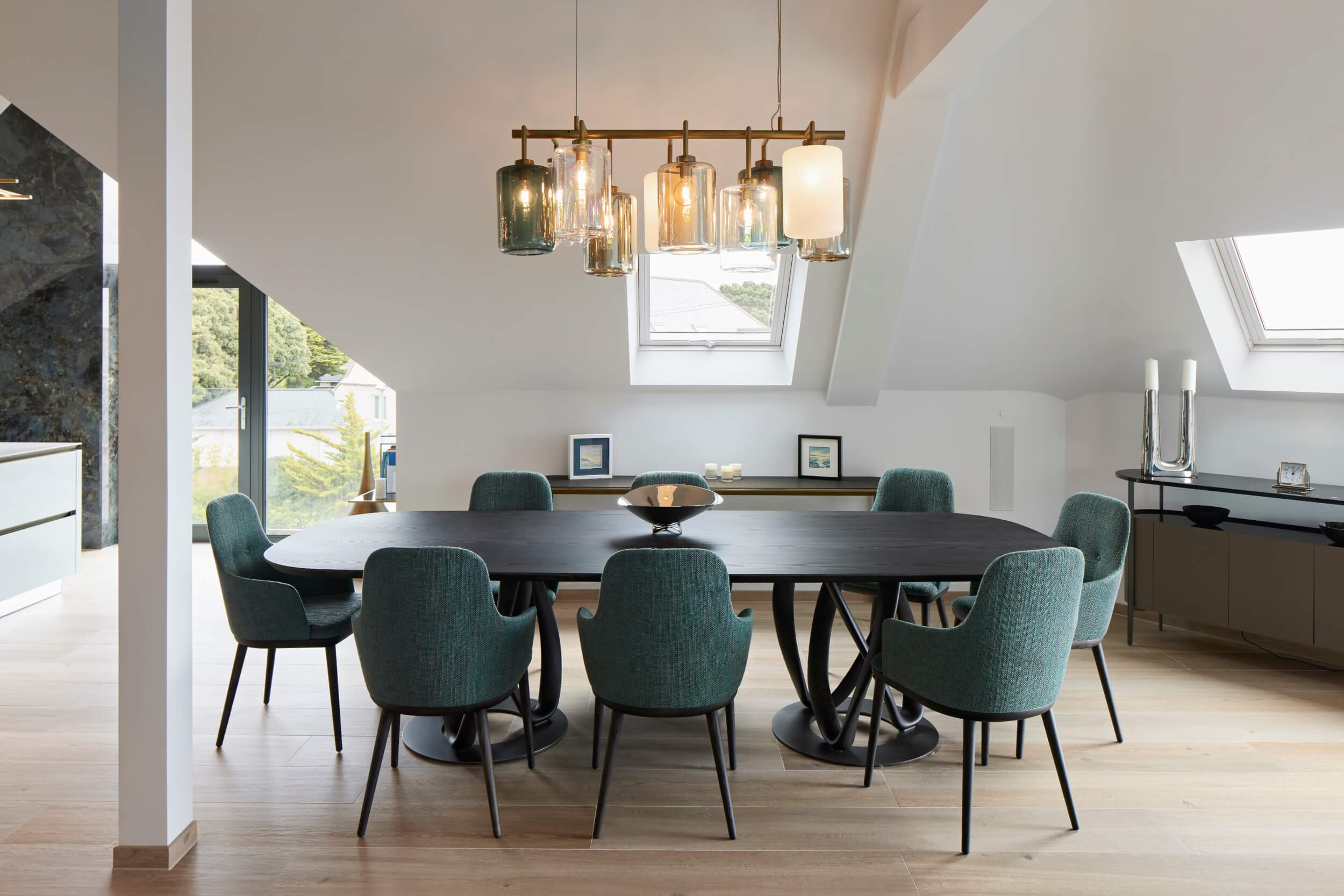
Proportion, Shape, and Spatial Balance
The geometry of a table sets the tone for movement, sightlines, and social flow:
- Round or Oval Tables soften architectural lines and encourage interaction—well suited to square rooms, open-plan arrangements, or spaces where visual balance is essential.
- Rectangular or Square Tables introduce structure and linearity. Sculptural bases and monolithic plinths can mirror architectural forms, reinforcing spatial logic.
- Bespoke Solutions allow for precise alignment between scale, circulation, and materiality—especially in interiors with expansive floorplans or architectural complexity.
The most enduring dining tables exhibit structural clarity, sculptural restraint, and material honesty. Italian ateliers such as Poltrona Frau, Giorgetti, and Gallotti&Radice blend artisanal tradition with contemporary engineering—producing pieces that integrate seamlessly into the architecture, becoming part of its spatial rhythm.
Each collection reflects decades of expertise: resolved joinery, architectural proportion, and tactile finishes designed to mature in place—never static, always evolving.

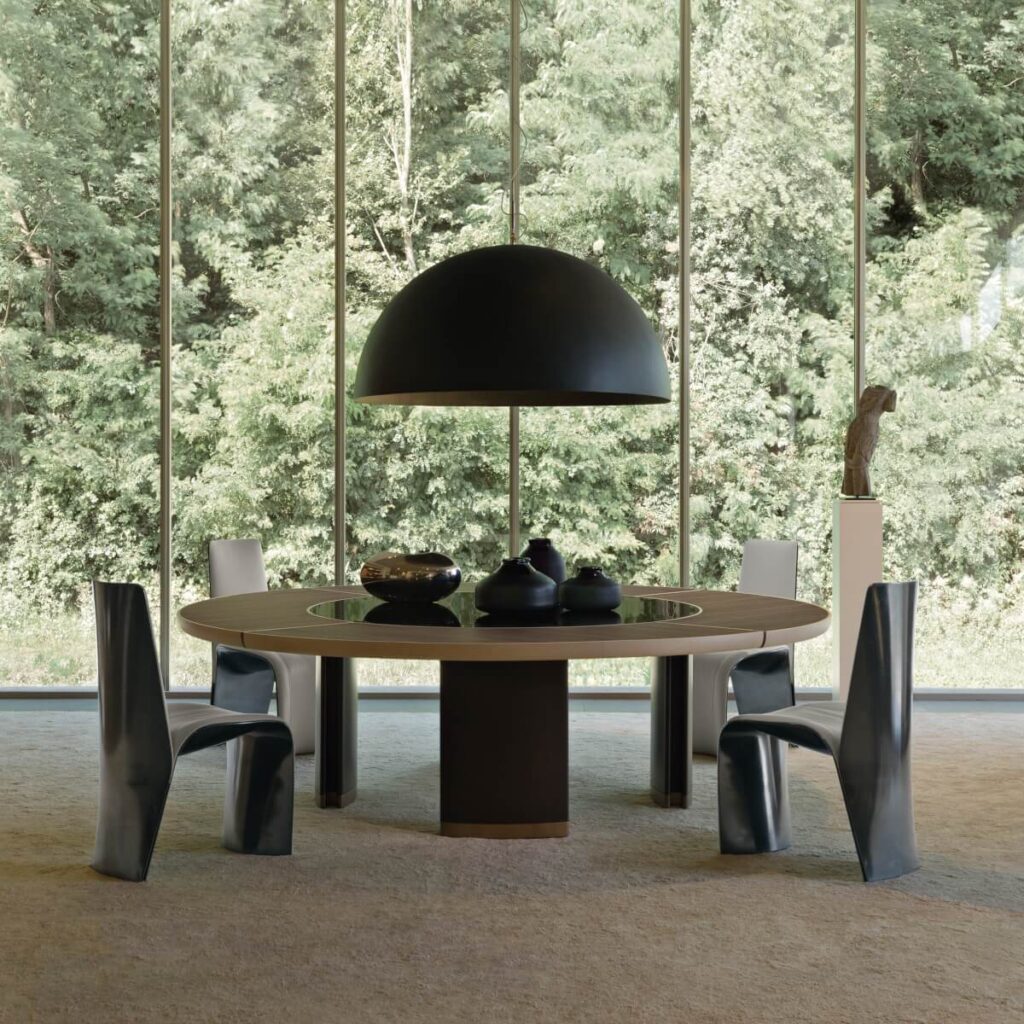
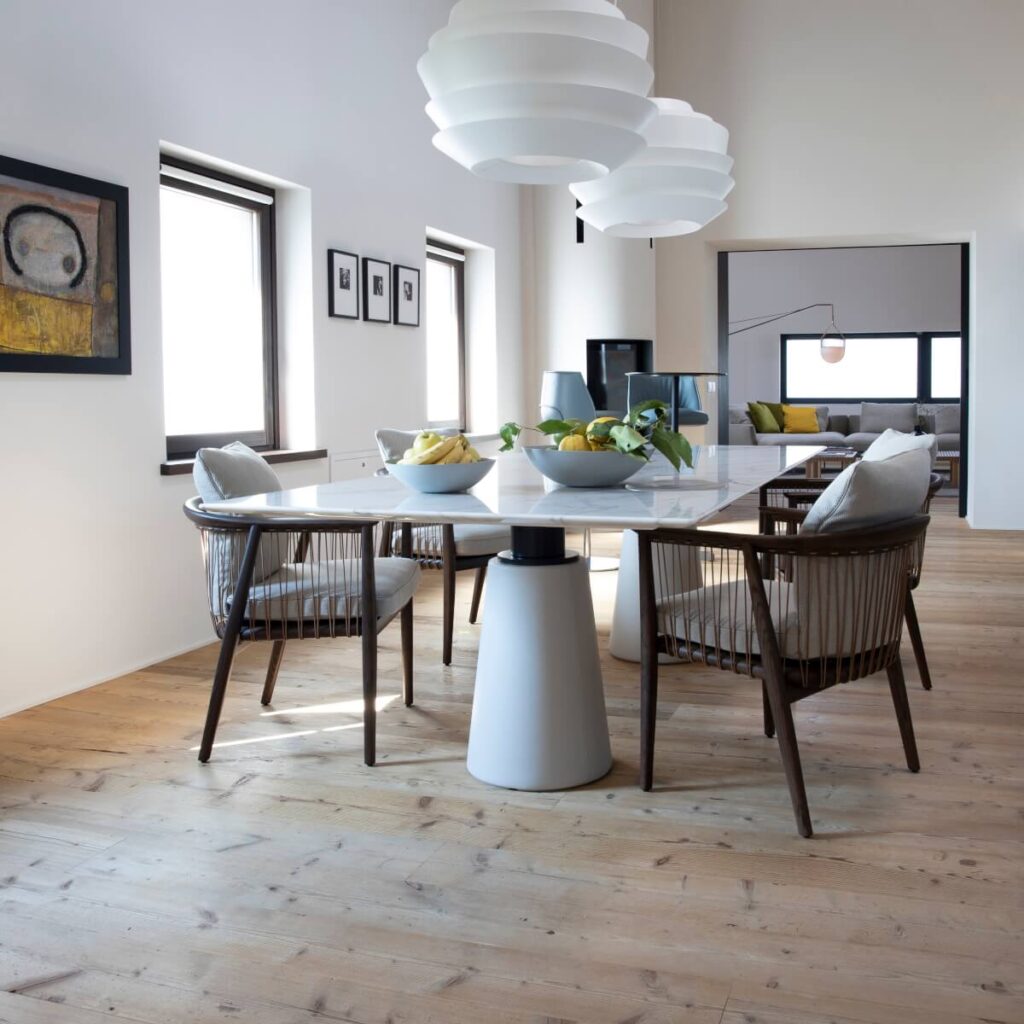
Material Considerations: Balancing Beauty and Practicality
Is Marble Suitable for Everyday Use?
Marble is a living material—each slab defined by geological time, with its own patterning and tonal variation. Over time, it will acquire a patina that reflects daily life. For those seeking added surface protection, many of our marble tables are available with advanced finishing treatments—preserving both clarity and character.
Veneer vs. Solid Timber
Exceptional veneers allow for seamless, large-format surfaces with refined grain continuity—ideal for achieving architectural precision across expansive tables. Veneered construction is also more dimensionally stable, meaning it’s less prone to warping and often retains its colour more consistently over time. However, because the surface layer is thin, damage can be more difficult to repair and may require specialist restoration.
Solid timber, by contrast, brings greater depth, tactility, and natural variation. Each board matures with use—developing a rich patina and quiet character that evolves with its environment. It is also highly durable: scratches and wear can often be sanded or refinished, making it a practical long-term investment. For interiors that embrace texture, transformation, and material honesty, solid wood remains a timeless, resilient choice.
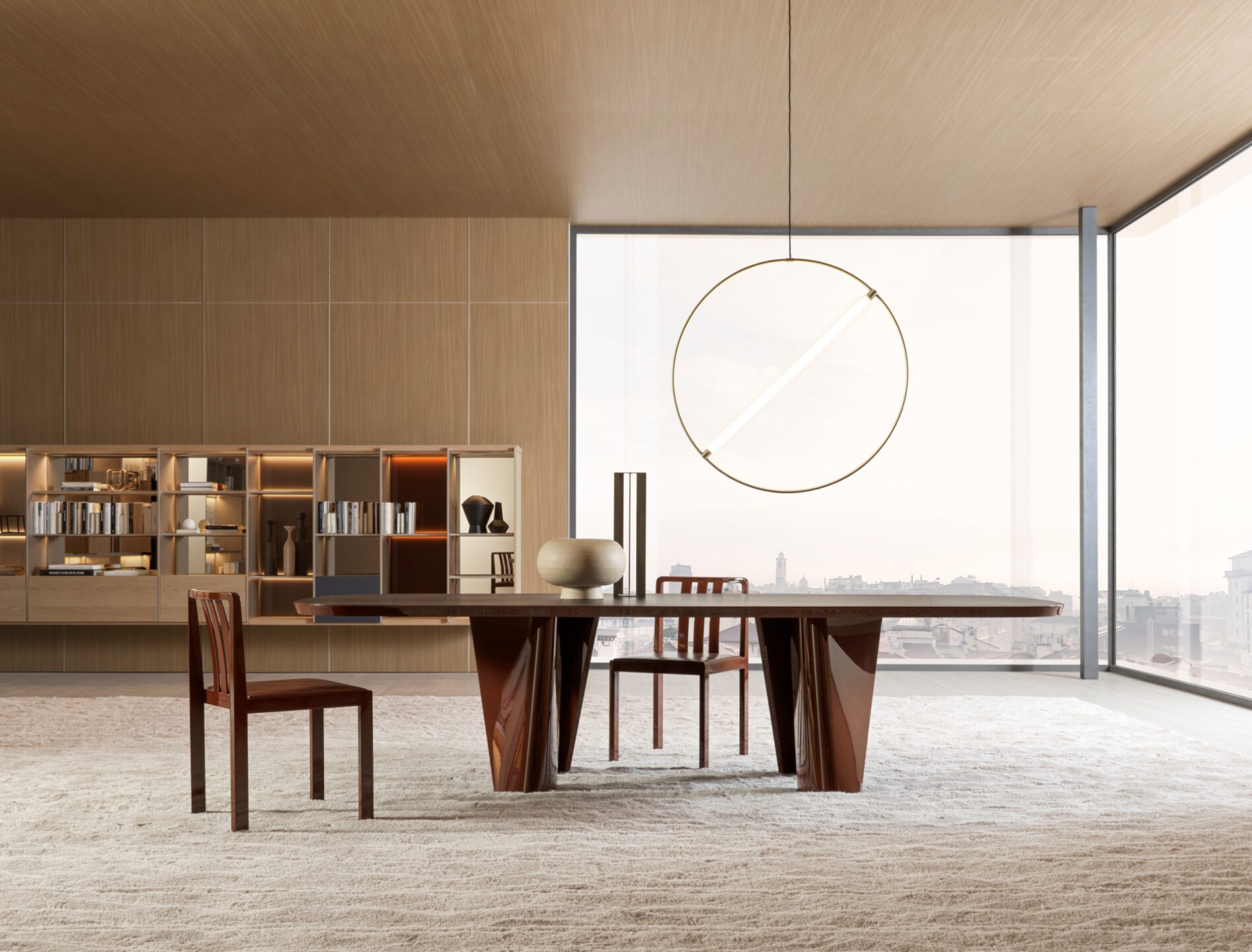
Design That Endures
A designer dining table defines more than the dining room—it anchors routine, invites connection, and embodies the values of spatial care and material discernment. At Everything But Ordinary, we curate dining tables crafted by Italian ateliers in design-rich regions such as Brianza and Meda—pieces chosen not only for their beauty, but for their ability to endure across time, architecture, and use.
Design, at its highest level, is never applied. It is built into the way a space feels, flows, and lives. Explore our curated dining table collection, or speak with our team for tailored guidance on materiality, proportion, and architectural integration.
